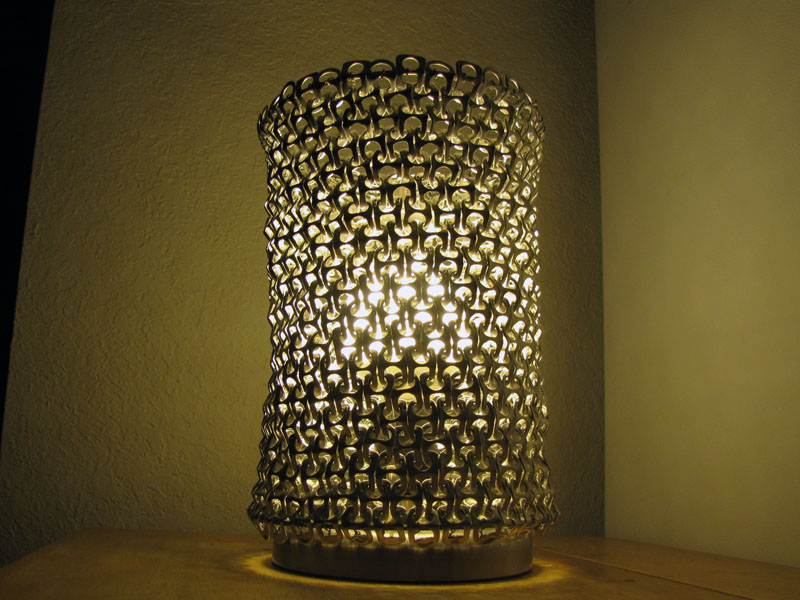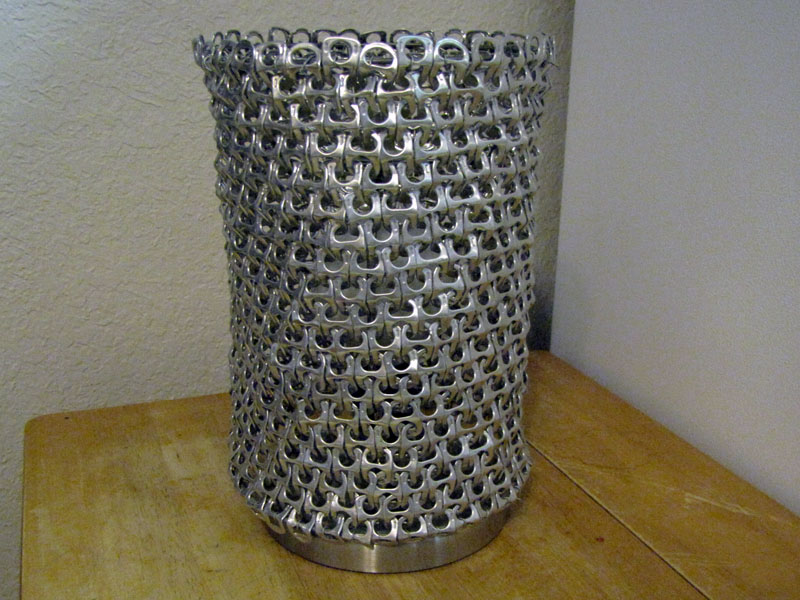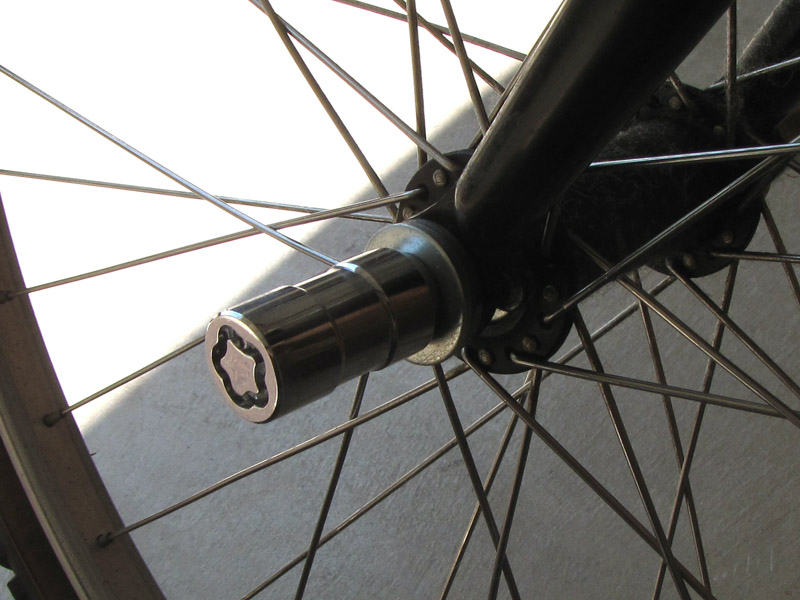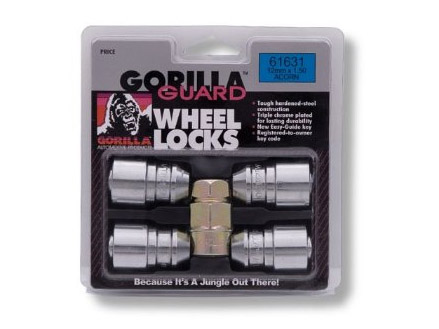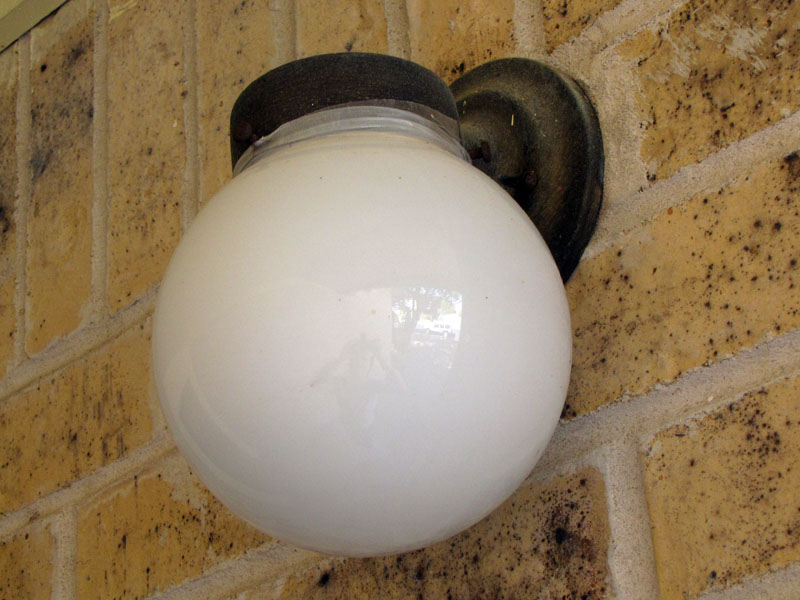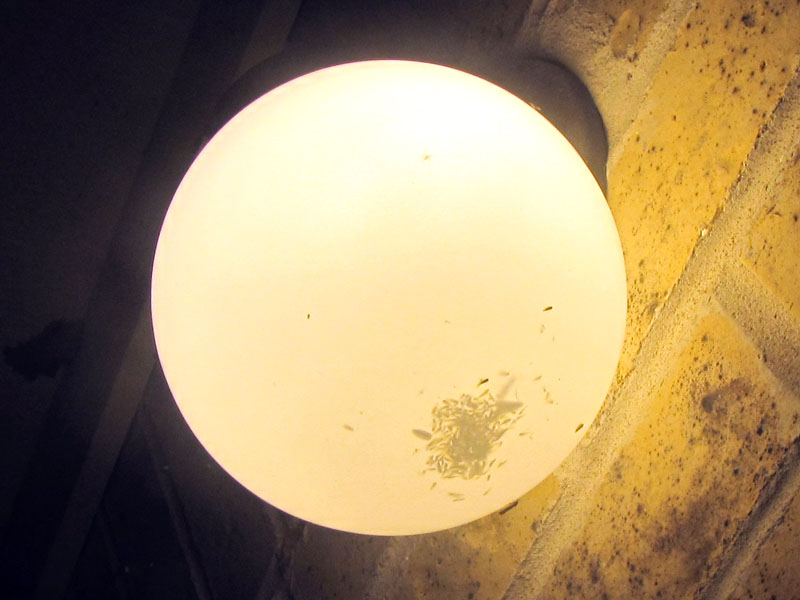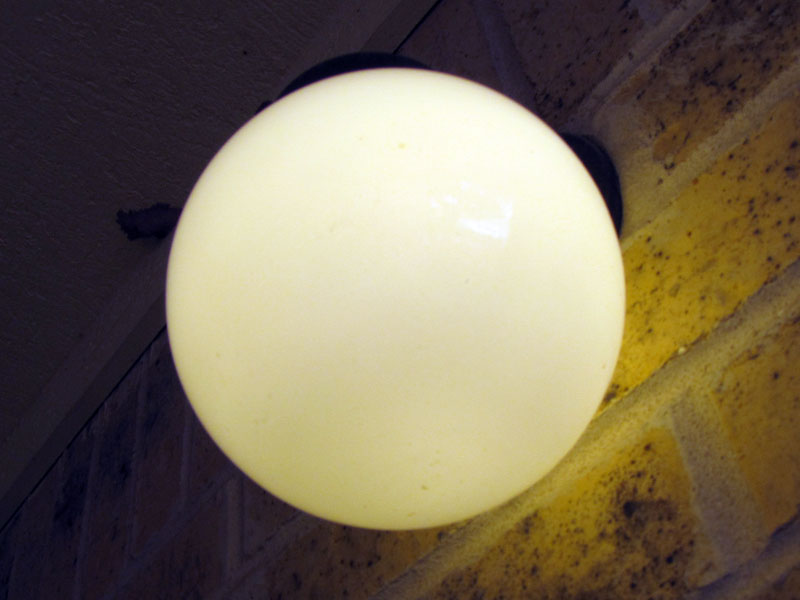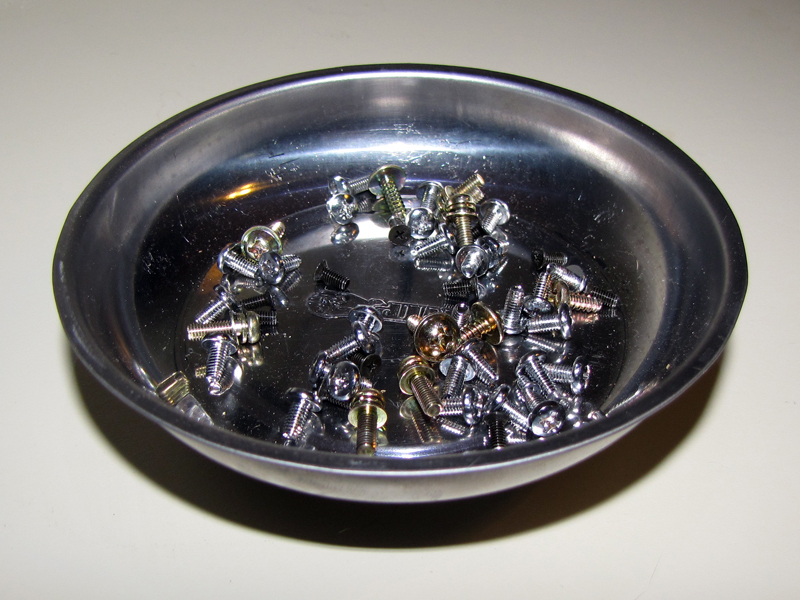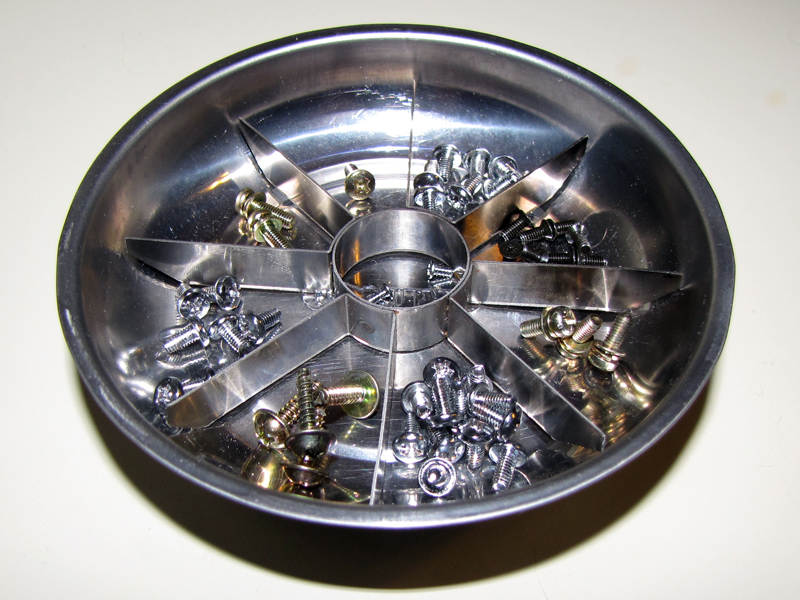And it only took me two years to figure it out. All I did was take the long stem out of the original lamp.
Monthly Archives: March 2011
Why are there no wheel locks like these for bikes?
A couple years back it occurred to me that it would be cool to have wheel locks for my bike like those that are already available for cars. They’re just special lug nuts that are sold four to a set (you only need one locking nut per wheel, after all). Each set features a unique pattern of interlocking circular grooves (the “lock”) that is pseudorandomly generated by the machinery at the factory, together with a mating wrench (the “key”). The profile of the nut is round everywhere else, so as long as you don’t lose the key you’re the only one with the proper tool to remove the nut. Of course, like pretty much all tamper-proof fasteners, it can still be defeated by casting, but that extra effort is probably enough to deter the average street thief.
Anyway, they’ve got ’em for cars already. You can buy a set at AutoZone. I did. And I wish I could get them for bikes, too, but nobody makes them. This prototype is my attempt to hack a car lug nut onto a bike axle, and although I did make it work by ordering a replacement axle with an unusual thread and using a pipe fitting as a thread adapter (plus a couple of odd washers) it was pretty wonky and probably unsafe.
Parafilm keeps bugs out of porch light
If you’re sick of dumping dessicated insect bodies out of your outdoor light fixtures, and your fixtures are of a type which is amenable to the process, you might consider sealing them with a couple turns of Parafilm laboratory film. Shown immediately above is my front porch light, six months after sealing with Parafilm wrap. Above that is the same fixture, before sealing with Parafilm, just one week after emptying. Note that this process only works with relatively cool bulbs, like CFLs or LEDs. Bulbs that get too hot will melt the Parafilm and/or cause it to break.
If you’ve ever spent any time in a chemistry or biochemistry laboratory, you are probably familiar with Parafilm, which is sold by the roll and is somewhere between wax paper and cling wrap (but considerably pricier than either). Parafilm is waterproof and resists many solvents, and sticks to itself to form air- and moisture-tight seals that hold up under most conditions for months, if not years. And while it’s probably not worth keeping around just for this use, once you play with it a bit you are apt to discover all kinds of non-laboratory uses for it.
Finally, a use for my spare fruit wedger
I love magnetic parts trays. When I’m taking something apart, using one for the screws and other tiny metal bits is one of the best things I can do (together with taking pictures as I go) to make sure that it all goes back together again more or less as it’s supposed to. So the last time I was disassembling an appliance for repair (a video projector, in this case), and I was carefully arranging the screws for each subassembly in a separate little pile in my parts tray, it occurred to me that it’d be nice to have a magnetic parts tray with compartments for this purpose. And when I was imagining what the dividers would look like, a shape like the blade of a fruit wedger occurred to me.
For some reason, I have two fruit wedgers. I never use a fruit wedger, but when and if I ever do, I am confidant that one will meet my needs.
So I busted the plastic off ring off of one of them and, with a bit of clipping to round the ends of the blades, discovered that the blade assembly fit pretty well into my 4″ magnetic parts tray. And actually works pretty well as a divider, too. Problem solved.

